Irish renewable startup EI-H2 has announced plans for a 50 megawatt (MW) green hydrogen project.
The facility, which has yet to progress to the pre-planning stage, will be located in Aghada, Cork, and will remove 63,000t of carbon emissions annually from Irish industry and power generation.
The cost of construction and connecting to the electricity grid is expected to be in the region of €120m. The Aghada site will aim to provide over 20t of green, safe hydrogen a day to the commercial market.
EI-H2 will shortly begin pre-planning discussions with Cork County Council, the Department of the Environment, Climate and Communications and other interested parties ahead of the formal lodging of planning permission later this year.
Strategic
The technology planned for the Aghada site allows for hydrogen production from surplus electricity from renewable generation, particularly from offshore wind.
The site is particularly strategic given the planned expansion of offshore wind generation along the south coast.
Surplus electricity from the wind farms is used to break down water into its component elements of hydrogen and oxygen.
Market
When fully operational, the Aghada site will provide over 20t of green hydrogen per day to the commercial market.
While green hydrogen produced at the plant can be added to existing natural gas supplies, the developers did not specify how this would be achieved given the challenges of adding hydrogen into our existing gas grid, the challenges of transporting hydrogen via road or sea and the lack of a viable market to accommodate this volume of gas.
Hydrogen production is technically feasible and will no doubt play a part in Ireland’s strides to decarbonise heat and transport in the future.
However, as evident from today’s announcement of a required €120m investment to build the plant and connect to the grid, these solutions come at a cost.
EI-H2 is just one of a number of developers who are progressing with plans to develop electrolysis plants in the expectation that future supports or market incentives will provide a commercial case to build the plant.
While profitable routes to market do exist in the UK, including Northern Ireland, Ireland has some way to go before integrating hydrogen into our fuel mix in a meaningful way.
A similar dilemma faces developers of anaerobic digestion plants who are proceeding with plans to develop facilities despite no clear financially viable market currently available for their renewable gas.




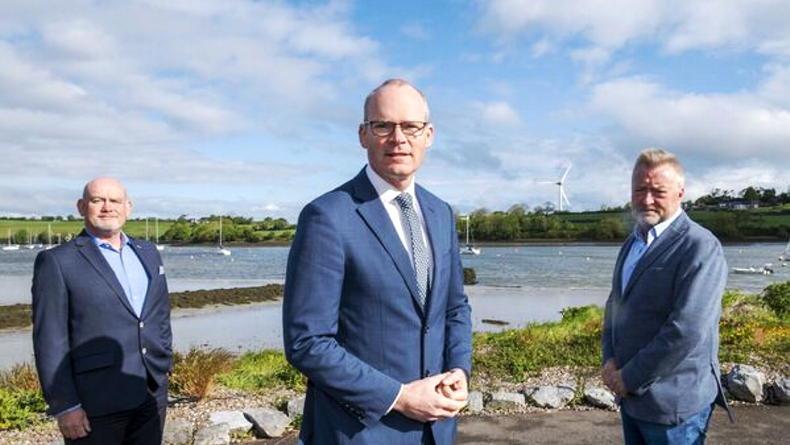
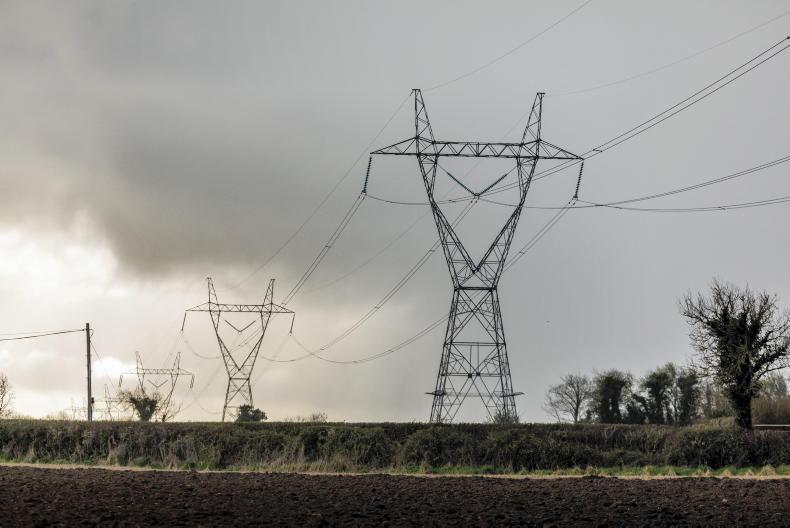
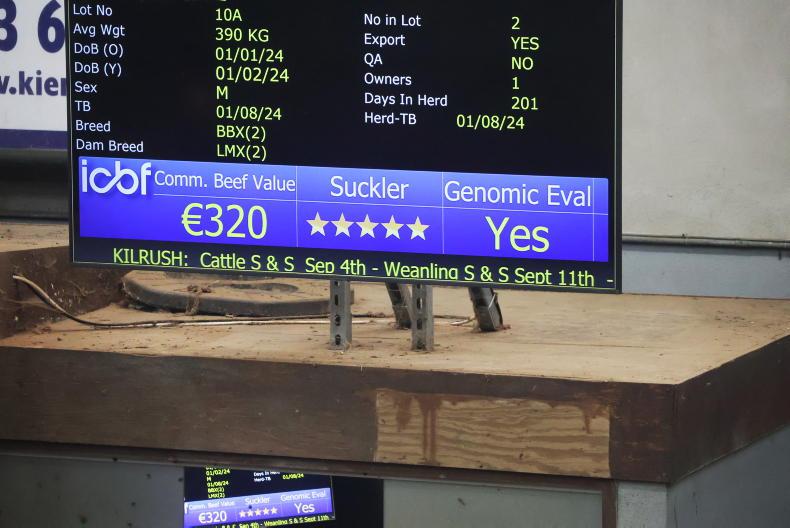
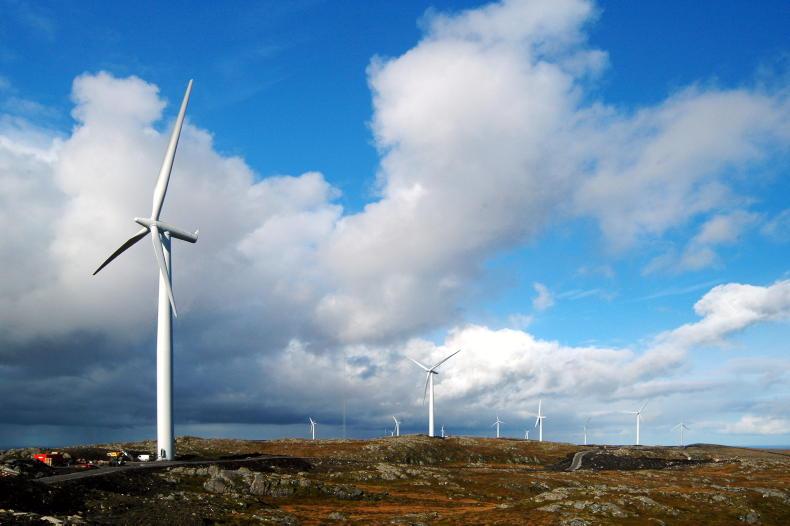
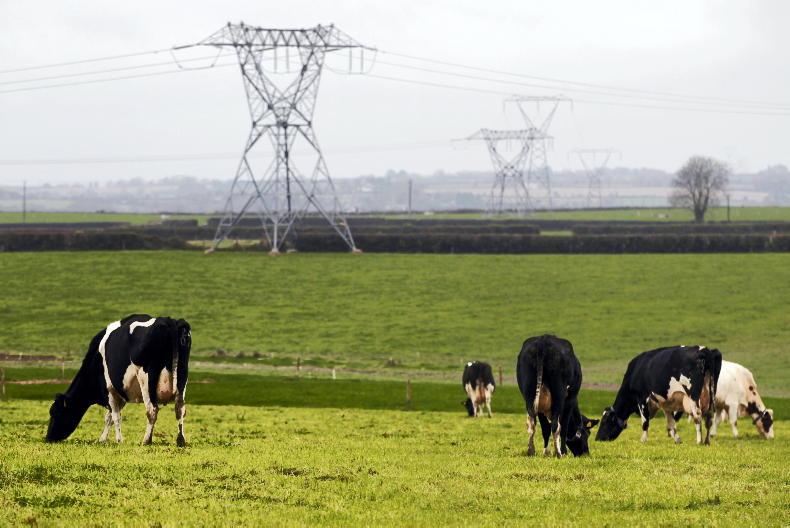
SHARING OPTIONS